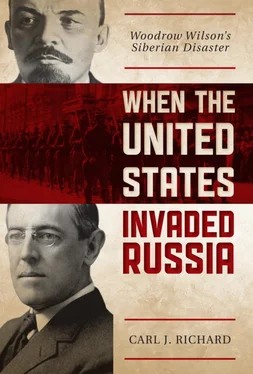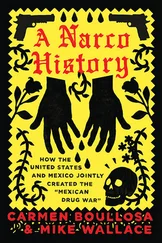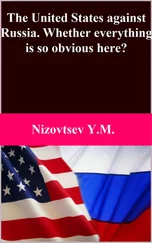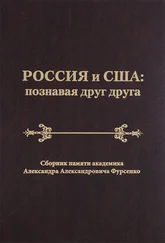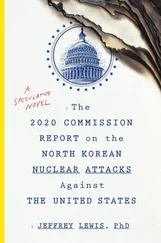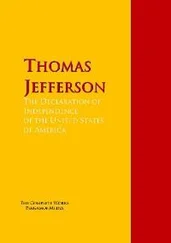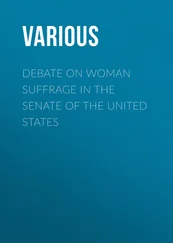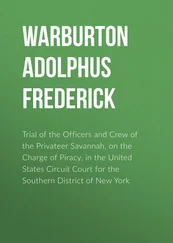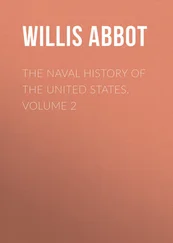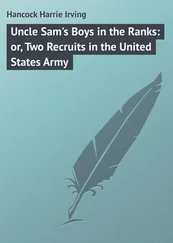Carl J. Richard
WHEN THE UNITED STATES INVADED RUSSIA
Woodrow Wilson’s Siberian Disaster
For Reinhart Kondert and Matthew Schott,
beloved mentors, colleagues, and friends

Preface
In 1987 I received a telephone call from ABC News with Peter Jennings . The Soviet government was protesting an ABC miniseries called Amerika , which depicted a fictional Soviet occupation of the United States. The Soviet complaint did not concern the miniseries’ inane dialogue and wretched acting; rather, the essence of the Russian protest was, “We’ve never invaded you, but you once invaded us.” This was news to the producers of ABC News , who had never heard of the American intervention in Siberia. After doing some quick research, they contacted me because I had published an article about the subject the previous year. Unfortunately, I was unable to assist them in achieving their primary objective, the location of a surviving American veteran of the campaign, then almost seventy years in the past. [1] Carl J. Richard, “The Shadow of a Plan: The Rationale behind Wilson’s 1918 Siberian Intervention,” The Historian 49 (November 1986): 64–84.
Despite the brief piece that aired on ABC News soon after, most Americans remain unaware of the Siberian intervention, which still receives little or no attention in most textbooks. This is unfortunate because of the light that the intervention sheds on the survival of the Soviet regime and on subsequent Soviet-American relations and because of its pertinence to the numerous issues raised by counterinsurgency campaigns, a subject that has become crucial to the United States in recent years in the wake of the Afghanistan and Iraq interventions. One of the earliest U.S. counterinsurgency campaigns outside the Western Hemisphere, the Siberian intervention was a harbinger of things to come.
By contrast with their American counterparts, Soviet historians devoted tremendous attention to the Siberian intervention during the Cold War. These historians contended that the United States was the instigator of the intervention, bullying its allies in a single-minded crusade to overthrow the Soviet government. They claimed that the United States attempted to partition Russia into a number of small states in order to restrict its power. They insisted that the Red Army smashed the gigantic Allied forces, already weakened by communist sentiment in their own ranks, compelling them to flee Russia. Even the most radical New Left historians in the United States did not defend these assertions, all of which postdated World War II and were flatly contradicted by the available evidence. [2] George F. Kennan, “Soviet Historiography and America’s Role in the Intervention,” American Historical Review 65 (January 1960): 302–3, 307; George F. Kennan, Russia and the West under Lenin and Stalin (Boston: Little, Brown, 1960), 118. For reference to Soviet historian A. E. Kunina’s false contention in 1951 that the United States had been “the initiator” of the intervention, see Nikolai V. Sivachev, Russia and the United States , trans. Olga Adler Titelbaum (Chicago: University of Chicago Press, 1979), 43, 274n10. Although Sivachev corrected this error and a few others made by previous Soviet historians, he continued to insist, against all available evidence, that American intervention occurred at the behest of investment banks, and placed the sum of American aid to White forces at a preposterous $4 billion. See p. 54.
Yet the Soviets had legitimate reasons for the bitterness they felt towards the United States, and knowledge of the Siberian intervention is essential to understanding their persistent fear and distrust of American officials. To a Russian child, the Soviet version of the intervention became as familiar as the story of George Washington and the cherry tree to an American child. While both stories were fictions, both contained elements of truth. George Washington never cut down the cherry tree, and the Red Army never defeated the small Allied forces in Russia. But Washington was an honest man by all accounts, and also by all accounts, the Allies ended their intervention in Siberia because they knew that they could not muster sufficient forces from their war-weary populaces to defeat the Red Army.
The United States government dispatched approximately 5,500 troops to northern Russia around the same time that it sent 8,500 soldiers to Siberia. I have chosen to deal exclusively with the Siberian intervention because American troops in North Russia served under British command and, thus, had far less control over operations there. As Christopher Lasch has noted, the North Russian intervention was “plainly directed at Germany” in its initial stage and was originally approved by the Bolsheviks. On March 5, 1918, Leon Trotsky, Soviet Commissar for Foreign Affairs, sent a telegram to the Murmansk Soviet, ordering it to cooperate with the Allied forces in the region against the Germans. Much like the Siberian intervention, however, the North Russian intervention soon became an overtly anti-Bolshevik operation. The United States removed its forces from northern Russia in the spring of 1919, almost a full year before American soldiers departed from Siberia. [3] Christopher Lasch, “American Intervention in Siberia: Reinterpretation,” Political Science Quarterly 77 (June 1962): 205; Kennan, Russia and the West under Lenin and Stalin , 69.
It should also be noted that there were Allied invasions of Russian soil in which the United States did not participate. The British sent an expedition into Transcaucasia with the intent of protecting oil fields from Turkish invaders, though these soldiers remained for a year after the armistice with the Central Powers ended the Turkish threat to the region. In the winter of 1918–1919, the French landed a small force along the northern coast of the Black Sea. It accomplished nothing and withdrew quickly. Both the Finns and the Poles, recent subjects of the czars, took advantage of the Russian Civil War to invade western Russia. Finally, the Germans often failed to adhere even to the severe Treaty of Brest-Litovsk they had imposed on the Bolsheviks, invading Soviet areas continually until their own troubles on the Western Front made further incursions impossible. [4] Kennan, Russia and the West under Lenin and Stalin , 116–17.
I have returned to the Siberian intervention after more than two decades spent in an unrelated field partly because I believe it is an interesting and important story that still remains largely unknown to the American public, but also because I believe it can teach us valuable lessons about the extreme difficulties inherent in counterinsurgency campaigns and thus the general inadvisability of interventions, and about the absolute need to secure the widespread support of natives if such a campaign is to achieve success, lessons that American policymakers tragically ignored later in Vietnam.
In the following chapters I will discuss the disasters suffered by the Allies during World War I that caused them to pressure the United States to intervene, demonstrate that President Woodrow Wilson decided to send American soldiers to Siberia in July 1918 in order to assist Czechs and anti-Bolshevik Russians in re-creating the Eastern Front against the Central Powers, show that Wilson decided to continue the intervention after the armistice in order to overthrow the Soviet government and to prevent the Japanese from absorbing eastern Siberia, identify the various Allied proposals for dealing with Russia at the Paris Peace Conference, and chronicle the hardships suffered by the American Expeditionary Force in Siberia. It will become clear that the intervention failed to meet any of its objectives, either before or after the armistice. Indeed, Allied support for the corrupt, autocratic, and oppressive regime of Alexander Kolchak backfired completely, causing many Russians who were not previously Bolshevik to rally around the red banner in order to defend their homeland against what they regarded as a czarist clique backed by foreign imperialists.
Читать дальше
